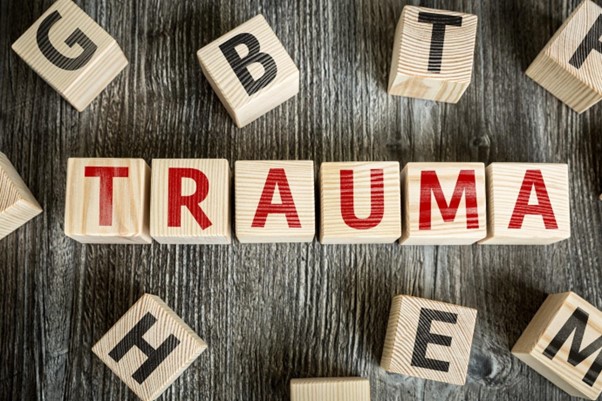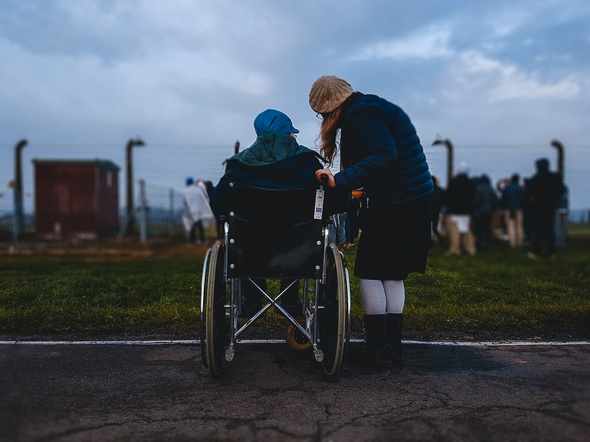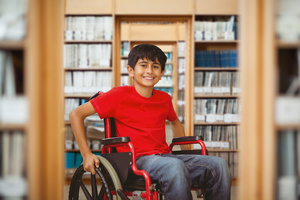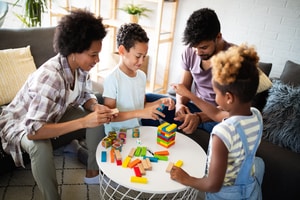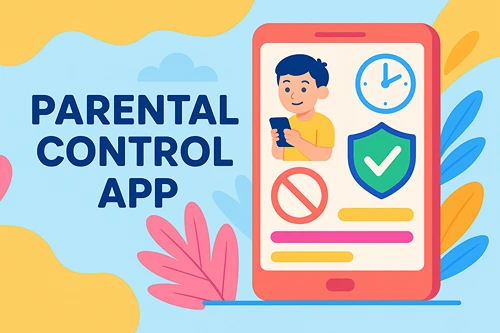The Gift of Joy: Inspiring Ideas to Delight Your Loved One
Love, appreciation, and gift-giving are beautiful things. In pursuit of a perfect giveaway, most people settle for a gift that puts a smile on the face of the recipient while also touching them personally and in their areas of interest. Even if you know someone well, this can be a challenge, especially when you have have a strong desire to make it as fun and unique as possible.
Here are some thoughtful ideas that can light up the faces of your loved ones:
-
Personalized Keepsakes
Personalized trinkets can take the consumer to a magical world that is not confined to standard presents. It is all magic if a product has been tailor-made for your beloved. Jewelry made according to the customer’s liking can be anything from an engraved necklace with their initials to a bracelet with special dates, all of which have a sentimental value that goes beyond the monetary price tag. A watch etched with a heartfelt message at the back is stylish and sentimental. Also, a pen with a name delicately engraved is elegant and personalistic.
Alternatively, you can order original artwork. For example, a painting of a cherished memory, a piece of sculpture moved by their passion, or any craft piece speaking more into the heart can be a great thoughtful gift. These are special gifts for their sweetness that never stop reminding you what you felt about your relationship with them. Personalized keepsakes can portray the emotional experiences, memorable moments, and true nature of your relationship that endures in their hearts for many years.
-
Experiential Gifts
If you gave a person an adventure with that present, you would be giving a present beyond material things. How about tickets to your favorite artist’s concert, cooking lessons for exploring new culinary adventures, or white-knuckle adventure, hot air ballooning? Instead, one could choose to take a weekend away in a cozy log cabin in the woods or a snug B&B by the sea that will make memories to last a lifetime and allow unique bonding.
These experiences transcend the physical level of things; they carve some moments into stories of people’s lives and connections. Such experiences should be shared to allow a better understanding, which are the tales to be remembered over and over again. The experiential gifts go beyond simple joy and grant an everlasting imprinted memory for your dear one.
-
Subscription Services
A gift that lasts and an avenue of constant joy to unravel throughout the year. How about a monthly package of book delivery, unlocking new literary worlds and adventures? Unlimited entertainment is available to your loved one with a streaming service membership where they can see countless TV shows, films, and documentaries.
A gourmet food box is ideal for food enthusiasts who get the culinary delights to their doors. Think of the delight in uncovering new tastes and foods picked with attention so that it stimulates people’s mouth every month.
Subscriptions stand out because they don’t just last for a day but instead give the receivers an ongoing experience. Every delivery is a pleasant surprise, an indication of your thoughtfulness that leaves you smiling for days. In return, you’re not merely making gifts but also the feelings of anticipation and joy associated with every new shipment.
-
Wellness and Self-Care
Give your loved one an energized self-care package that will nourish their body and soul. A self-care package as a gift doesn’t only mean prioritizing their well-being but that they are valuable to you as an important part of your life who you care about. It is an effort for them to reflect to find a moment of calmness amid life activities.
-
Thoughtful Charitable Contributions
Make an everlasting impression by giving to a charity that is dear to your loved one’s heart in their name. Such a noble gesture propagates kindness and compassion personifying the essence of altruism. This is also a gesture that makes your friend happy and leaves an impact on the lives of many others. By honoring their passion for a cause, you’re not just giving them happiness; you are creating an altruistic world.
-
Handwritten Letters or Memory Books
It is interesting because, during the era of digital, people still prefer to write letters and memory books. These material treasures represent untold amounts of love and meaning. Every word carved in the script etches a memory and is more than ephemeral digital words.
Writing a handwritten letter or creating a memory is a good way of preserving memories. These are symbolic souvenirs of your companionship in the form of a picture – they could be describing memorable moments you spent together, thanking each other, or discussing some pleasant memories. These physically represent love and appreciation, which is something computers can never reproduce. Cherish this timeless act of love and engrave it into the stories that will be admired for a lifetime.
-
Educational and Skill-Based Gifts
Think of purchasing a course or a workshop, which would fit in with their interests or would help them gain new skills. Ranging from painting classes to coding boot camps–an incentive for self-development. In addition, it provides access to several popular online stores for shoppers, which facilitates the shopping process and adds convenience.
-
Health Investment with JScreen
This is a meaningful gift that goes beyond the event and ensures better health for your family. Through the nonprofit Jscreen.org, you give your loved one a gift known as JGift, which has a higher value than what it costs for it and comes with genetic testing.
JScreen is a nationwide public health initiative that is based in the Department of Human Genetics at Emory University School of Medicine. This home at-genetic test and counsel is accurate, elaborate, and medically based. Also, Jscreen JGift focuses on reliable and thorough medical examination providing you with the knowledge required to make the right choices during the health expedition of your family.
Remember a gift is never just the price itself but always the thought and love given by it. Select a gift that appeals to your loved one’s heart, and you will make a memory that lasts forever.



